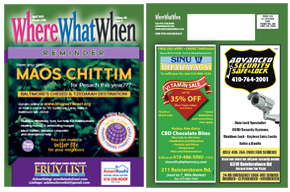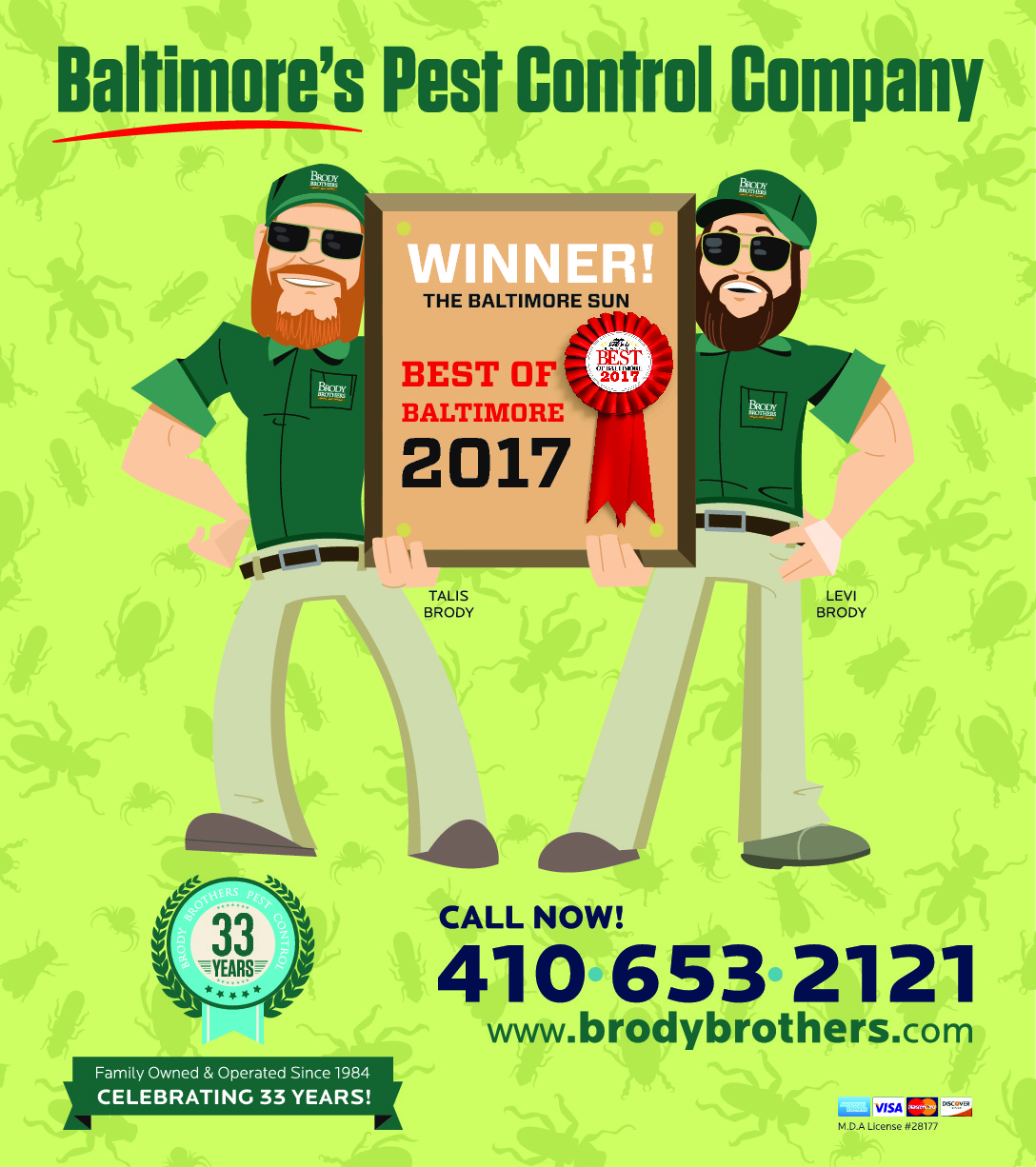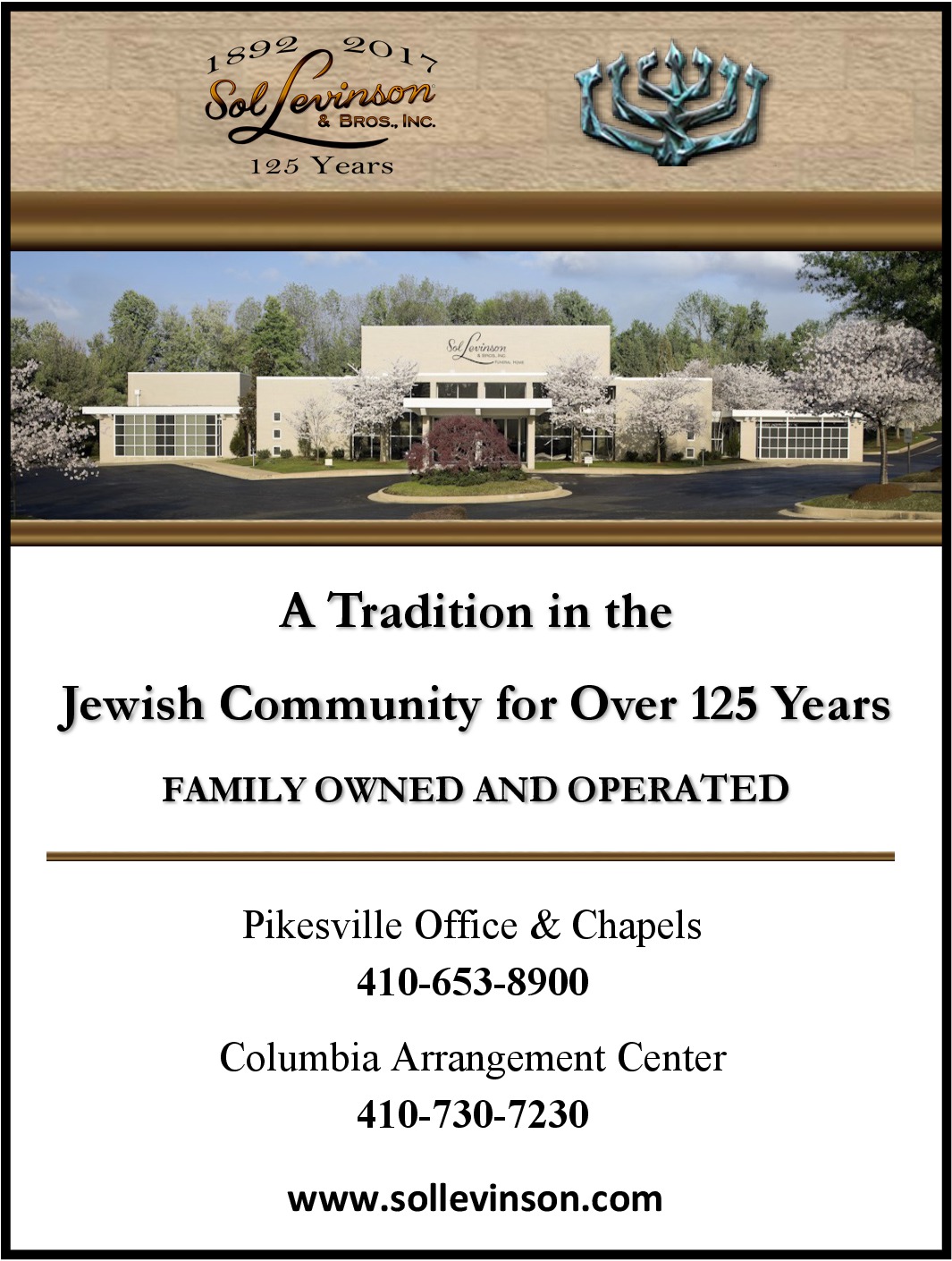
Purim Sixty Years Ago
by Raphael Blumberg
Sixty years ago, we lived on Palmer Avenue in Lower Park Heights – a different planet, a different Purim. There was no drinking on Purim as celebrated on Palmer Avenue. There was no Purim seudah that I can recall. There was a Megillah reading at Rabbi Sadovsky’s shul, with groggers. Each year, I went to Beth Tefiloh Day School in an ornate costume put together by my father. And there were my mother’s hamantaschen, the best in Baltimore! (They had to be.). My mother made two types: poppy seed (which we called “mun”) and date. My father was in charge of preparing the poppy seeds. This involved cooking them and then letting them hang in a bag in the laundry room, dripping water on the floor. I recall nothing more about that process. It hasn’t been passed on to me. I don’t know if people still do that today, although something tells me they don’t, just as my mother’s salting and kashering chickens right in our own home rather than receiving them kashered from the butcher might be a thing of the past. That said, I have one special memory of Purim I would like to share.
My father, Professor Arnold Blumberg, a”h, was preoccupied with Jewish survival or, more precisely, destruction and rebirth. He had witnessed the Holocaust and the founding of the State of Israel soon after. In 1943, he lost an eye as a 19-year-old boot-camp soldier in a war-games training accident at Fort Bragg, North Carolina and, paradoxically, thus survived the war. All his basic-training comrades were wiped out a few months later in the battle at Normandy. His life’s experiences – the annihilation and rebirth of the 1940s, the odd twist of fate that had kept him alive – all strengthened his sense that the world had a divine order to it, and restored him to the Orthodoxy of his grandparents. He even named my brother “Michael Seth,” using the Hebrew name Sheis, Adam and Eve’s third son, born to start a new world after Cain sowed destruction by killing Abel. In my entire life I have never met another Sheis, but it was the best way my father had of expressing his appreciation of destruction and rebirth.
Thus, in 1963, when I was eight years old, our last year on Lower Park Heights before we moved up to Glen Avenue, my father sent me out with my mother’s hamentashen to go door-to-door and give out shalachmanos to all the neighbors, Jew and non-Jew. I was instructed to tell each neighbor, in two sentences, the story of Purim: how the Jewish people were almost annihilated by Haman and how we celebrate our having been spared. Today, 57 years later, it is hard for me to believe that he asked me to do that, and it is hard for me to believe that I actually agreed, but this really happened.
That was my Purim back then. Was there a conventional Purim seudah? If there was, I don’t recall it. My father had to make do with the bag lunch he brought with him to work. Our Purim was primitive, without any social milieu. Call it a “Swiss Family Robinson” Purim. There was also no men’s table, no under-the-table drunkenness, no teenage “Purim cigarettes,” no fretting over whether what you gave the neighbor was as good as what you got. There was no “dvar Torah” – I didn’t know the meaning of the words – and certainly no clever dvar Torah that I spend months looking for so I can entertain my friends after drinking my 750 cubic centimeters of sweet wine.
But there was content all the same, a clear, simple message that you could share, and I definitely benefited from it.
Raphael Blumberg lives in Kiryat Arba.
Purim in the Good Old Days
by Isaac Kinek
“So how was Purim celebrated when you were a few years younger?” asked a friend. Now that’s an interesting question because, from the time I was a young kid until the time that I became an oldee, things changed considerably.
My earliest recollection of Purim was when we lived in East Baltimore, in the 1940s. My father was the cantor of a shul called Bais Hamedresh Hagodol. I recall his beautiful reading of the Megillah. One time, one of the kids in the shul brought in a huge grogger and did the unthinkable: He twirled the noisemaker, which had the sound of a machine gun!
What was wrong with that? you may ask. Well, these were not ordinary times. During the war years, sirens and such noise makers were used to initiate air-raid drills. The shul had a supply room which housed air-raid warden helmets, gas masks, and a supply of a magazines entitled “Death to Hitler.” The front cover of the magazine featured a large imaginary photo of the Nazi beast hanging like Haman. And the contents included articles about what was occurring in Europe, with photos of the horrors inflicted by the German chieyess (beasts). It was difficult to comprehend and many people believed that that it was a hoax. So, Purim was celebrated but with reserved tones as people began realizing that a crazed and murderous modern-day Haman existed.
Nu, my father, who was reading the Megillah, stopped reading and stared in the direction of the booming sound. Congregants signaled for the kid to be quiet. Of course, once my father resumed reading and again mentioned the name of the chaleria Haman, the kid gave the grogger another twirl, and that was his final twirl, because my father would not continue reading until either the grogger twirler or the grogger was removed.
You may wonder what happened afterwards. If you ask teachers regarding classroom nudniks, they will respond that when a troublemaker is finally removed, a new nudnik takes his place. In this case, too, vayakom nudnik chadash (a new troublemaker arose) – and he created another furor by firing a cap pistol! The new nudnik concept was understood by the congregants, so the youngster was allowed to remain on condition that he fire only one shot per Haman!
The following morning, the Megillah was read but with a smaller group. After davening, the congregants went downstairs to the small “social hall” and enjoyed a Purim kiddush: no gourmet meal, you understand. The main course was bobelach (chickpeas), herring, and beer! On one occasion, a beer bottle was filled with water and resealed, which greatly surprised the beer guzzler, who used unprintable language after taking a sip from the bottle.
At home, there was a delicious meal prepared by my mother, who was a fabulous cook. These were the days when foods were homemade, and they were super delicious. My uncle and aunt, Mordechai and Pessa Lichtenstein and family joined us. My cousins Aaron and Rifka and I presented various skits, and our imaginations soared as we used whatever props we could find.
The years, like Old Man River, kept rolling along. We moved from East Baltimore to Forest Park, an area that some described as a “Gan Eden” until it, too, was abandoned. There, I attended a shul and a shteibl. The shul was called Tifereth Israel, on Garrison Boulevard. Rabbi Benjamin Bak was the rabbi. It was a few blocks from Beth Tefiloh, led by Rabbi Samuel Rosenblatt, son of the famous cantor Joseph Rosenblatt.
Nearby was Rabbi Hertzberg’s Bais Avrohom. Many members of this shteibl were Holocaust survivors, whom the Hertzbergs treated like family. Purim at Bais Avrohom was a leibedig (lively) with a unique style. All Yidden were invited, and guests were encouraged to participate in the dancing. After attending their respective shuls, some people walked to the Ner Israel Yeshiva, which was several blocks away.
Years later, the Jewish community shifted to the Park Heights neighborhood (vayisu vayachanu). Our family now attended the new Shaarei Zion Congregation, and my father became chazan and caretaker of the shul. The Lower Park Heights branch was slowly diminishing. Nu, you may say, that’s history, but what about Purim? Vahrt vahrt (wait), and you’ll read the rest of the story.
In those early years, Purim was subdued compared to how it was celebrated in Forest Park, perhaps because most of the congregants were Americanized Yidden. On Purim, Rabbi Tabak stood in front of the shul and raised his hand whenever the booing of Haman was excessive. Usually, the noise subsided, but at times the crowd wanted to boo Haman to death, so to speak.
The wheels of time kept turning, and on the other side of Northern Parkway, my father-in-law Reb Mordechai (Motel) Greenspon became the shamash of the Beth Jacob Congregation. On Purim, he read the Megillah for the congregation. The youngsters in Beth Jacob wore various creative costumes. I recall one of the kids wearing a nun’s outfit, which looked authentic except for missing the tsailem (cross) necklace. I believe she wore a Mogen David instead!
Currently, Purim is more leibedik (lively) than it was in the good old days. Hopefully, we will be zocheh to see the rebuilding of the Beis Hamikdash (the Holy Temple), where Purim will be celebrated with great joy! Wishing all a happy Purim!
Baltimore Purims Past
by Rabbi Elchonon Oberstein
Purim is a time for merriment. When I was a bachur in Ner Yisrael in the 1960s, I recall Purim plays that had a lot of content. They contained satire and original songs and made fun of individuals in a somewhat “respectful” way, if that is possible. The point of Purim jolliness is to poke fun at foibles in good humor. No one should ever feel insulted.
Bachurim went over to their rebbe’s house, and there was a lot of camaraderie. The one issue that I did not get used to was the drinking to the point of inebriation. Yet I came to see that it was only once a year and, at least as far as I could tell, did not lead to year-around drunkenness.
Rabbi Joseph Schechter was the marshal of the Yeshiva Lane Purim parade. Riding in the back of a borrowed Cadillac convertible, he wore the over-the-top garb of a parade leader. He and everyone who saw this annual spectacle enjoyed the humor and saw it as part of the “scene.”
Years later, Shnayer Lewis was active in organizing a Purim seudah for Shearith Israel Congregation. After a few years of that, the shul switched to having a mesiba (party) downstairs, and I was impressed by the wit and creativity of some of the shul members. One song sticks in my mind from long ago. A young man sang “Return to Shtender,” which was a parody of the hit song “Return To Sender” by Elvis Presley. At that time, some of the active members were baalei teshuva, and they were very inventive in putting on funny skits. What impressed me in that skit was how men who had completely integrated into the “yeshivishe world” could draw from their prior life to look with amusing irony at aspects of their current life. It is very positive that, in our Baltimore community, a baal teshuva" is accepted by all and, unlike some places, does not feel he has to hide that fact.
The best entertainment on Purim, back in the day, was at Shomrei Emunah and put on by Uri Sondhelm. He was the most creative of all the Purim thespians, both his grammen and his skits. I recall one that was based on a call by the rabbis to make weddings less expensive. Uri got a married couple from the shul to act in the skit. The couple was having their wedding seudah at Kosher Bite. She wore a wedding gown as they ordered at the counter, and I recall her “father” saying, “Some cheap!” Uri made aliyah, and it hasn’t been the same since.
Today, the frum community has grown much larger, and on Purim, the streets are full of costumed kids and adults delivering mishloach manos. Adults dressing up is a new phenomenon. In earlier times, we gave fewer packages, and everything was homemade. Nowadays, the number of friends and acquaintances has grown so large that we send cards or check off names on lists sent to us by various charities, and they then deliver the gifts, whose size is determined by how many people checked your name.
Purim seudos varied from family to family. For years we had several families that always came to our home for the seudah, but as all of our families grew, things changed. In fact, for a number of years, we have been going to Israel for Purim. The advantage for us is that our four children don’t all live in the same city, and on Purim, they can all come together for the seudah. Back in the olden days, in Baltimore, flying to Israel for Purim would have seemed quite unusual. But times have changed, and each of us finds our own way to rejoice on this happy holiday.
Those Were the Days
by Eli W, Schlossberg
When I was a child, we always dressed up in homemade Purim costumes. My friends and I used to go to the Pirchei Shabbos youth minyan, where Rabbi Binyamin Steinberg, z”l, davened, and we often visited him during his seudah. He would sing a very leibadig “Shoshanas Yaakov” a niggun he learned in Shanghai. It was awesome. TA and Ner Israel had Purim shpiels for the bachurim.
Shalach manos back then consisted of homemade hamantaschan, cookies, or cakes, along with fruits and a bottle of wine. The only wines available were from Kedem: Malaga, Concord, Tokay, Sauterne. There was also a local kosher wine called Mount Zion. We delivered to many friends and especially to the Rav and Chazan of our shul, Shearith Israel. Our family visited Rabbi Mendel Feldman, z”l, who served the best schnaps and spoke over Torah. My favorite shalach manos stop was Chazan Boehm as Mrs. Boehm made an incredible kokosh pastry, rich and chocolaty.
My mother and father invited older single adults to our very festive seudah. My mom tried to find a goose, which was not always available. Wasserman and Lemberger knew we wanted goose for Purim and for the Shabbos after Thanksgiving. My parents always celebrated Thanksgiving as hakaras hatov (appreciation) to this great country, but although we made turkey for Thanksgiving, we were served goose on the following Shabbos to show the chashivus (importance) of Shabbos and how it must be celebrated with the most simcha!
Eli Schlossberg is the author of My Shtetl Baltimore.






